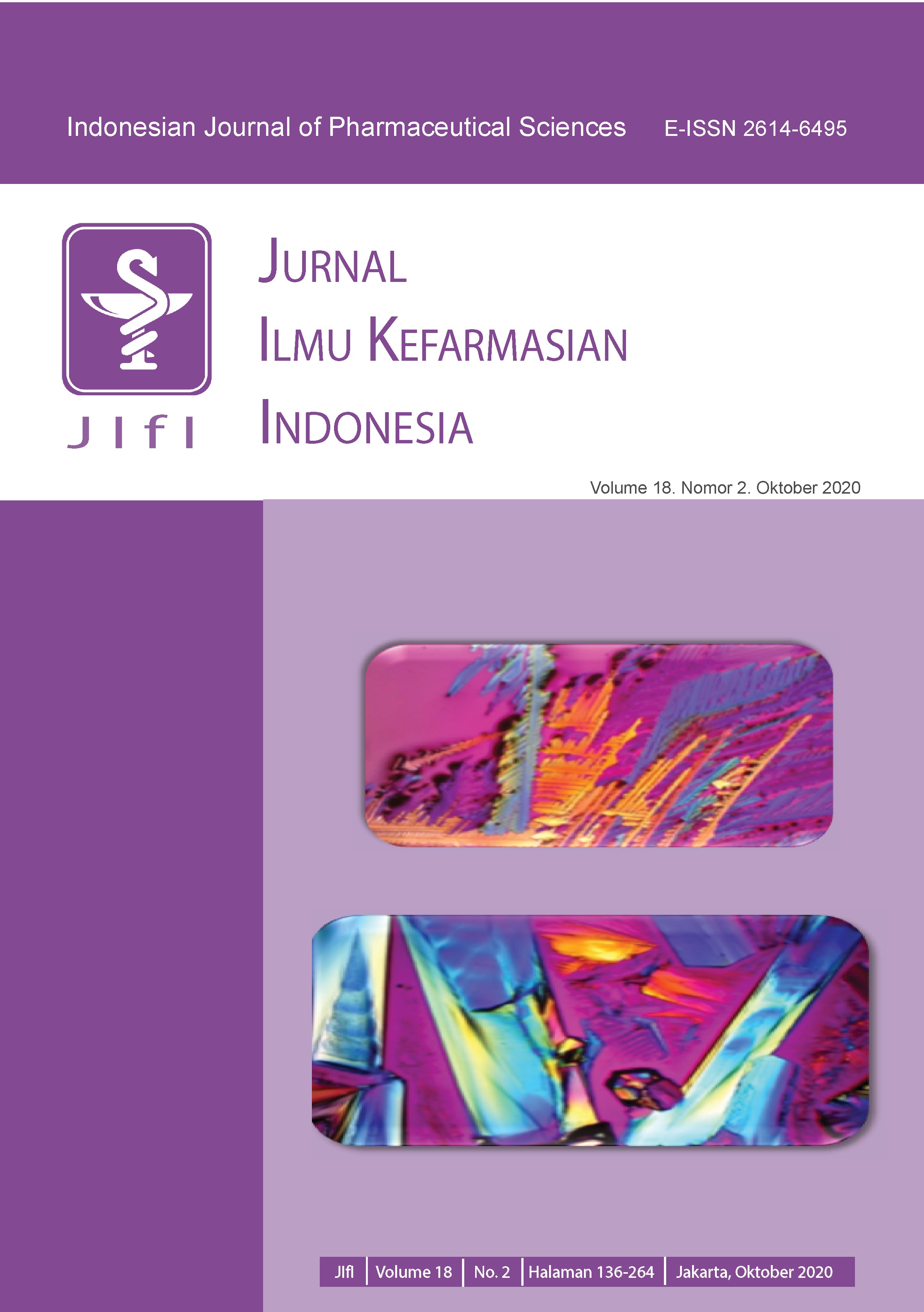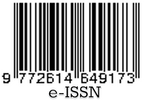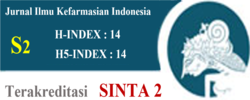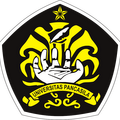Comparison of DNA Isolation Methods using FTA Card: Wizard® Kit Genomic DNA Purification, PureLink® Genomic DNA, and Chelex-100
Abstract
FTA Cards are an easy way to collect blood samples, deliveries, and stores. The total
volume of blood samples is less is needed when compared to the blood samples taken through a vein
(venipuncture). The purpose of this research is a method that can be applied to isolate DNA samples
from FTA Cards using the Wizard® Genomic DNA Purifi cation Kit (Promega), PureLink® Genomic
DNA Kits, and Chelex-100. This research was a type of experimental research, and data analysis was
showed in qualitative and quantitative descriptively. The samples used were 16 samples of human blood
taken using a lancet and then placed on the FTA Card, sampling was done by accidental sampling
technique. The variations of the PureLink® Genomic DNA kits method with the addition of SDS 10%
showed thin and smear DNA bands on agarose gels. Furthermore, the Chelex-100 method showed a
clear DNA band. The purity data obtained varied between 1 to 1.1 and concentrations between 190 to
950 ng/μl. The conclusion of this study is DNA kits method with the addition of 10% SDS and the
Chelex-100 method still have impurities, with the purity value of DNA was less than 1.8 and a low
concentration to be used as a DNA template for further molecular analysis.
References
spesimen yang optimal dan sesuai dengan aspek
biosafety. Sel Jurnal Penelitian Kesehatan. 2017.
4(2):81-90.
2. Green H, Tillmar A, Pettersson G, Montelius K.
The use of FTA cards to acquire DNA profi les from
postmortem cases. International journal of legal
medicine. 2019. 133(6):1651-7.
3. Jignal P, Shaikh MG, Darshan M. Forensic conception:
DNA typing of FTA spotted samples. J Appl Biol
Biotechnol. 2014. 2:21-9.
4. Khosravinia H, Ramesha KP. Infl uence of EDTA and
magnesium on DNA extraction from blood samples
and specifi city of polymerase chain reaction. African
Journal of Biotechnology. 2007. 6(3): 184-7.
5. Langga IF, Restu M, Kuswinanti T. Optimalisasi suhu
dan lama inkubasi dalam ekstraksi DNA tanaman
bitti (Vitex cofassus Reinw) serta analisis keragaman
genetik dengan teknik RAPD-PCR. J. Sains &
Teknologi. 2012. 12(3):265-76.
6. Fatchiyah AE, Widyarti S, Rahayu S. Biologi
Molekular Prinsip Dasar Analisis. Jakarta: Erlangga.
2011. 34-55.
7. Syahputra A, Mutaqin KH, & Damayanti TA.
Komparasi Metode Isolasi DNA Patogen Antraknosa
Bulai untuk Deteksi PCR. Topatologi Indonesia.
2016:124-132.
8. Surzycki S. Basic techniques in molecular biology,
Germani:Springer-Verlag Berlin Heidelberg. 2000.
9. Switzer. Experimental biochemistry, Oxford:Blackwell
Scientifi c Pub. 1999.
10. Walsh PD. Chelex 100 as a medium for simple
extraction of DNA for PCR-based typing from forensic
material. Biotechniques. 1991. 506-513.
11. Sutrisno IK, Arundina I, & Sosiawan A. Bite
marks identifi cation with Chelex methods in DNA,
Surabaya:Depertemen Biologi Oral. 2013.
12. Phillips K, McCallum N, Welch LA. Comparison of
methods for forensic DNA extraction: Chelex-100
and the QIAGEN DNA investigation kit (manual and
automated), Forensic Science International: Genetics.
2012. 6(2): 282-285.
13. Devereux R, and Wilkinson SS. Ampification of
Ribosomal RNA Secquences, Kluwer Academic
Publisher: Netherlands. 2004.
14. Anam, Khairul. Isolasi DNA Genom, Bioteknologi
Sekolah Pascasarjana Institut Pertanian Bogor. 2010.

This work is licensed under a Creative Commons Attribution-NonCommercial-ShareAlike 4.0 International License.
Licencing
All articles in Jurnal Ilmu Kefarmasian Indonesia are an open-access article, distributed under the terms of the Creative Commons Attribution-NonCommercial-ShareAlike 4.0 International License which permits unrestricted non-commercial used, distribution and reproduction in any medium.
This licence applies to Author(s) and Public Reader means that the users mays :
- SHARE:
copy and redistribute the article in any medium or format - ADAPT:
remix, transform, and build upon the article (eg.: to produce a new research work and, possibly, a new publication) - ALIKE:
If you remix, transform, or build upon the article, you must distribute your contributions under the same license as the original. - NO ADDITIONAL RESTRICTIONS:
You may not apply legal terms or technological measures that legally restrict others from doing anything the license permits.
It does however mean that when you use it you must:
- ATTRIBUTION: You must give appropriate credit to both the Author(s) and the journal, provide a link to the license, and indicate if changes were made. You may do so in any reasonable manner, but not in any way that suggests the licensor endorses you or your use.
You may not:
- NONCOMMERCIAL: You may not use the article for commercial purposes.
This work is licensed under a Creative Commons Attribution-NonCommercial-ShareAlike 4.0 International License.





 Tools
Tools





















